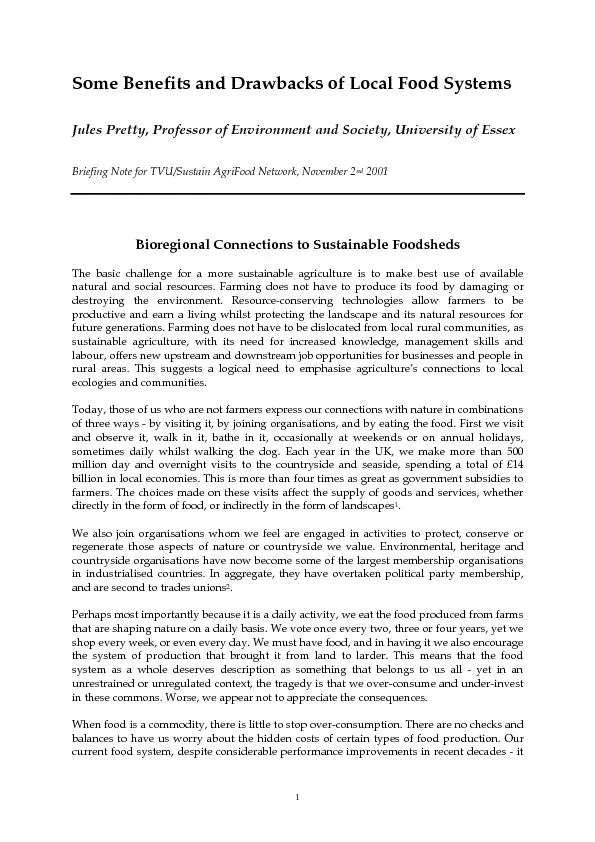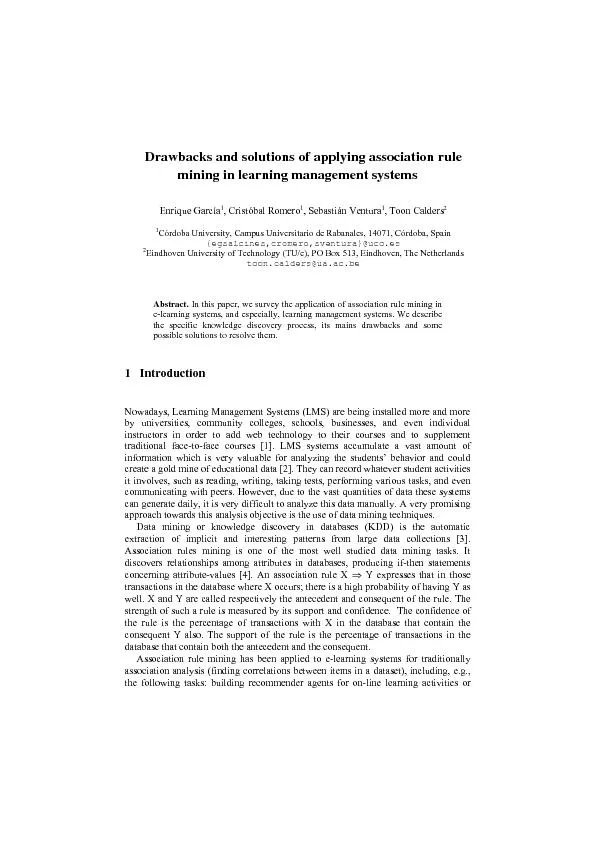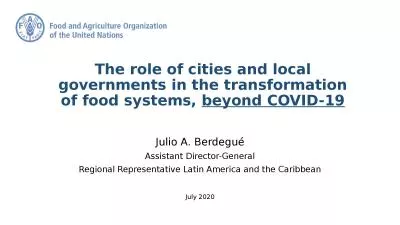PDF-Some Benefits and Drawbacks of Local Food Systems Jules Pretty, Profes
Author : pasty-toler | Published Date : 2016-11-27
1 Bioregional Connections to Sustainable Foodsheds 2 is faster fitter and more streamlined is still flawed It simply is not working to the advantage of its six
Presentation Embed Code
Download Presentation
Download Presentation The PPT/PDF document "Some Benefits and Drawbacks of Local Foo..." is the property of its rightful owner. Permission is granted to download and print the materials on this website for personal, non-commercial use only, and to display it on your personal computer provided you do not modify the materials and that you retain all copyright notices contained in the materials. By downloading content from our website, you accept the terms of this agreement.
Some Benefits and Drawbacks of Local Food Systems Jules Pretty, Profes: Transcript
Download Rules Of Document
"Some Benefits and Drawbacks of Local Food Systems Jules Pretty, Profes"The content belongs to its owner. You may download and print it for personal use, without modification, and keep all copyright notices. By downloading, you agree to these terms.
Related Documents














